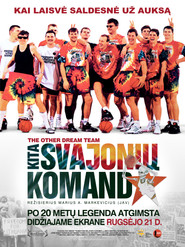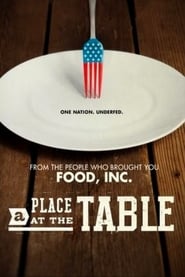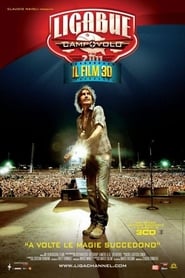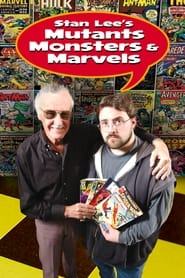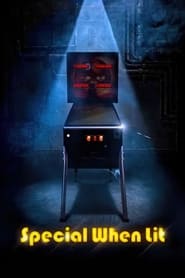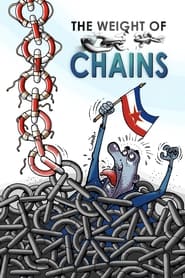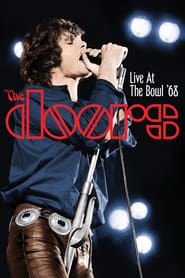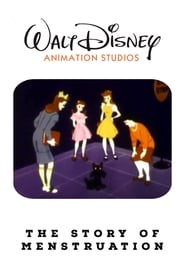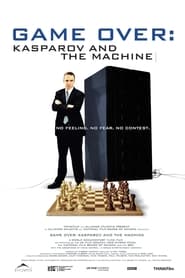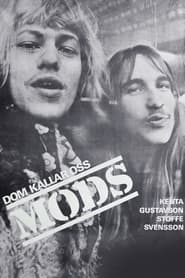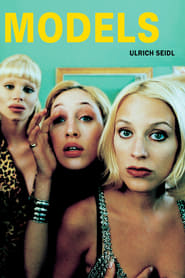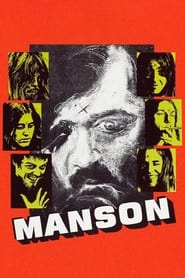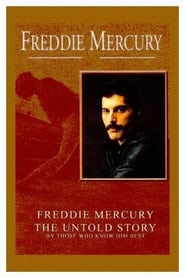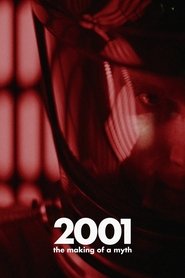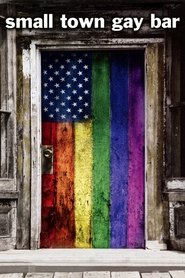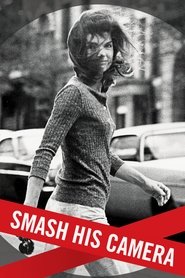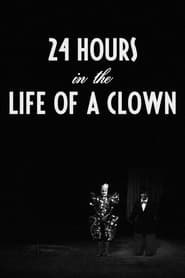Top Rated Documentary Movies on Pantaflix - Page 144
-
The Other Dream Team
2012
The Other Dream Team
2012
star 7.2The incredible story of the 1992 Lithuanian basketball team, whose athletes struggled under Soviet rule, became symbols of Lithuania's independence movement, and – with help from the Grateful Dead – triumphed at the Barcelona Olympics. -
A Place at the Table
2012
A Place at the Table
2012
star 6.8Using personal stories, this powerful documentary illuminates the plight of the 49 million Americans struggling with food insecurity. A single mother, a small-town policeman and a farmer are among those for whom putting food on the table is a daily battle. -
Stan Lee's Mutants, Monsters & Marvels
2002
star 6.9Filmmaker and comic writer Kevin Smith interviews comic book legend Stan Lee about his life and work in comics across the decades. -
Special When Lit
2009
Special When Lit
2009
star 6.6What made more money than the entire American movie industry through the 50s and 60s? Pinball. Special When Lit rediscovers the lure of a lost pop icon. A product of the mechanical and electrical age, the American invention swept the world and defined cool. Now it is relegated to a nostalgic footnote deserving a better fate. Joining the fans, collectors, designers and champion players from across the globe who share a world many of us didn't know still existed. -
How to Die in Oregon
2011
How to Die in Oregon
2011
star 8In 1994 Oregon became the first state to legalize physician-assisted suicide. At the time, only Belgium, Switzerland, and the Netherlands had legalized the practice. 'How to Die in Oregon' tell the stories of those most intimately involved with the practice today -- terminally ill Oregonians, their families, doctors, and friends -- as well as the passage of an assisted suicide law in Washington State. -
The Weight of Chains
2010
The Weight of Chains
2010
star 7.2The Weight of Chains is a Canadian documentary film that takes a critical look at the role that the US, NATO and the EU played in the tragic breakup of a once peaceful and prosperous European state - Yugoslavia. The film, bursting with rare stock footage never before seen by Western audiences, is a creative first-hand look at why the West intervened in the Yugoslav conflict, with an impressive roster of interviews with academics, diplomats, media personalities and ordinary citizens of the former Yugoslav republics. This film also presents positive stories from the Yugoslav wars - people helping each other regardless of their ethnic background, stories of bravery and self-sacrifice. -
The Doors: Live at the Bowl '68
2012
star 7.3A concert video that captures legendary rock 'n' roll band The Doors at the height of the group's powers. Filmed live at the Hollywood Bowl in the summer of 1968, Jim Morrison and the band perform an extended version of "Light My Fire," plus ten of their other most loved songs, taking a standing room only audience on an aural journey of mystical worlds and psychedelic experiences. -
The Story of Menstruation
1946
star 5.5A basic explanation of the purpose and process of menstruation, told largely with diagrams. -
Game Over: Kasparov and the Machine
2003
star 6.4Garry Kasparov is possibly the greatest chess player who has ever lived. In 1997, he played a match against the greatest chess computer: IBM's Deep Blue. He lost. This film depicts the drama that happened away from the chess board from Kasparov's perspective. It explores the psychological aspects of the game and the paranoia surrounding IBM's ultimate chess machine. -
They Call Us Misfits
1968
They Call Us Misfits
1968
star 6.8A documentary film depicting a group of young boys from Stockholm which live on the outskirts of society. The film is the first part of a trilogy. -
Models
1999
Models
1999
star 6.1A revealing and devastating portrait of a trio of aspiring real-life Viennese models. Vivian will stop at nothing to be a magazine cover girl. Lisa fills her time with routine plastic surgery and cocaine binges, while innocent Tanja focuses on the mystical through tarot cards, yoga, and raw animal energy. -
Manson
1973
Manson
1973
star 6.9Prosecuting attorney Vincent Bugliosi and Manson "family" members Lynette Fromme, Mary Brunner and Sandra Good discuss the Tate-LaBianca murders. -
Gay Sex in the 70s
2005
Gay Sex in the 70s
2005
star 6.2A chronicle of gay culture in New York during the post-Stonewall, pre-AIDs era. Thirteen men and one woman look back at gay life and sex in Manhattan and Fire Island - from Stonewall (June, 1969) to the first reporting on AIDS (June, 1981). They describe the rapid move from repression to celebration, from the removal of shame to joy, the on-going search for "someone," the freedom before AIDS, the friendships, and brotherhood. -
Freddie Mercury: The Untold Story
2000
star 7.7Freddie Mercury (1946-91) was not just a man with one of the most pure and amazing voices the world has heard, but he was also the lead singer for Queen, the most enthusiastic rock band in history. -
2001: The Making of a Myth
2001
star 6.5The making of Stanley Kubrick's classic space epic, presented by James Cameron, including unseen footage. -
Small Town Gay Bar
2007
Small Town Gay Bar
2007
star 6.2The story of community in the Deep South that is forced to deal with the struggles of ignorance, hypocrisy and oppression. -
Smash His Camera
2010
Smash His Camera
2010
star 7A film centering on the life and work of Ron Galella that examines the nature and effect of paparazzi. -
24 Hours in the Life of a Clown
1946
star 6The movie follows the clock round as music hall clown Beby takes off his make up, goes home for a meal, looks at photos and goes to bed to rise, spend a day in the village and perform with his new partner. -
Beaver Trilogy
2000
Beaver Trilogy
2000
star 6.8Our story begins in 1979, with a chance meeting in a Salt Lake City parking lot where filmmaker Trent Harris is approached by an earnest small-town dreamer from Beaver, Utah. Harris jumps at the chance when the young man invites him to come to the small town to film a talent show. At the show, the man dons a blond wig and performs in drag as Olivia Newton John. Harris captures it all on tape: A portrait of a true outsider. Harris shot a dramatic piece, "Beaver Kid 2" based on the documentary; This interpretation of the story, made in 1981 on a home video camera with a budget of $100, features a young Sean Penn as "the Beaver Kid". Still possessed, Harris then rewrote the script, cast up-and-comer Crispin Glover in the lead, and created the final segment, "The Orkly Kid", with funding from the American Film Institute. The trilogy unveils the inner world of a fantastic character in three incarnations.
 Netflix
Netflix
 Amazon Prime Video
Amazon Prime Video
 Apple iTunes
Apple iTunes
 Apple TV Plus
Apple TV Plus
 Disney Plus
Disney Plus
 Google Play Movies
Google Play Movies
 Paramount Plus
Paramount Plus
 Hulu
Hulu
 HBO Max
HBO Max
 YouTube
YouTube
 fuboTV
fuboTV
 Peacock
Peacock
 Peacock Premium
Peacock Premium
 Amazon Video
Amazon Video
 The Roku Channel
The Roku Channel
 AMC+
AMC+
 Kocowa
Kocowa
 Hoopla
Hoopla
 The CW
The CW
 Vudu
Vudu
 Starz
Starz
 Showtime
Showtime
 PBS
PBS
 Pantaflix
Pantaflix
 FXNow
FXNow
 Tubi TV
Tubi TV
 Kanopy
Kanopy
 Comedy Central
Comedy Central
 Crunchyroll
Crunchyroll
 Microsoft Store
Microsoft Store
 Redbox
Redbox
 Sun Nxt
Sun Nxt
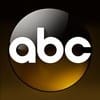 ABC
ABC
 DIRECTV
DIRECTV
 Crackle
Crackle
 Fandor
Fandor
 Plex
Plex
